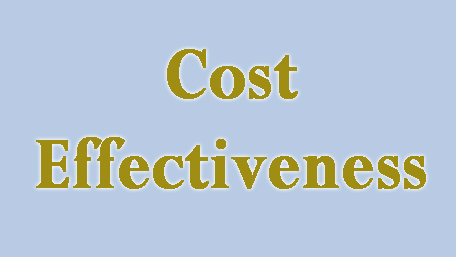
07/15/2022
Hot Topics of the Day are picked by experts to capture the latest information and publications on public health genomics and precision health for various diseases and health topics. Sources include published scientific literature, reviews, blogs and popular press articles.
Sign up MyPHGKB to receive the daily hot topic email alert.
Archived Hot Topics of the Day By Date
Genetic regulation of OAS1 nonsense-mediated decay underlies association with COVID-19 hospitalization in patients of European and African ancestries.
Banday A Rouf et al. Nature genetics 2022 7
The omicron subvariant dominating U.S. COVID-19 cases is more vaccine-resistant
A Archie, NPR, July 15, 2022
Experiences of individuals with a variant of uncertain significance on genetic testing for hereditary cancer risks: a mixed method systematic review.
Gould Danielle et al. Journal of community genetics 2022 7
Variation among DNA banking consent forms: points for clinicians to bank on.
Huang Samuel J et al. Journal of community genetics 2022 7
Cost-effectiveness frameworks for comparing genome and exome sequencing versus conventional diagnostic pathways: A scoping review and recommended methods.
Ferket Bart S et al. Genetics in medicine : official journal of the American College of Medical Genetics 2022 7
Disclaimer: Articles listed in Hot Topics of the Day are selected by Public Health Genomics Branch to provide current awareness of the scientific literature and news. Inclusion in the update does not necessarily represent the views of the Centers for Disease Control and Prevention nor does it imply endorsement of the article's methods or findings. CDC and DHHS assume no responsibility for the factual accuracy of the items presented. The selection, omission, or content of items does not imply any endorsement or other position taken by CDC or DHHS. Opinion, findings and conclusions expressed by the original authors of items included in the Clips, or persons quoted therein, are strictly their own and are in no way meant to represent the opinion or views of CDC or DHHS. References to publications, news sources, and non-CDC Websites are provided solely for informational purposes and do not imply endorsement by CDC or DHHS.
- Page last reviewed:Feb 1, 2024
- Page last updated:Apr 15, 2024
- Content source:





